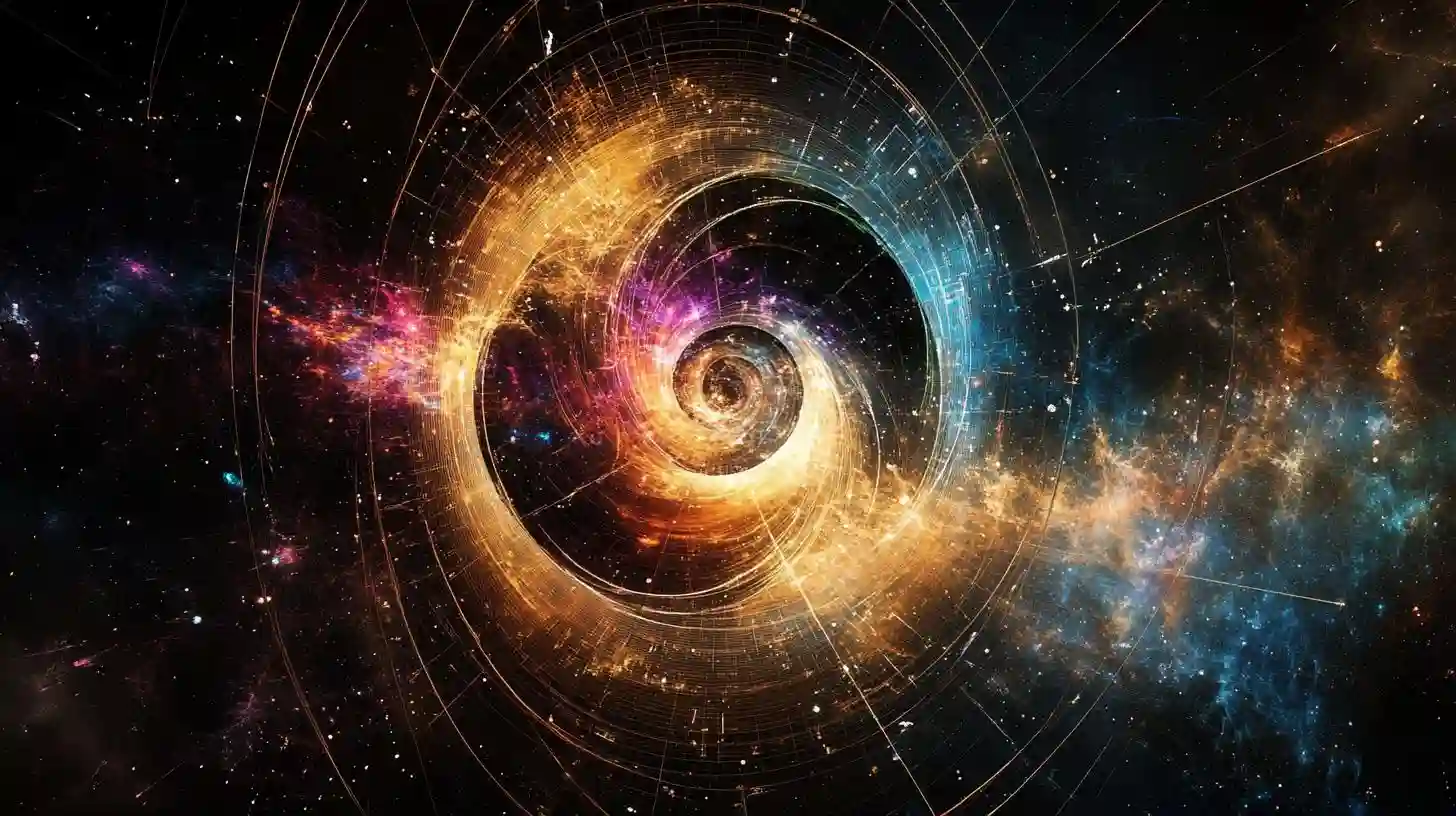
The universe is a vast and bewildering expanse that continues to captivate the imagination of scientists and dreamers alike. One astonishing fact is that the universe is approximately 13.8 billion years old. This age estimation, derived from various astronomical observations, suggests that the universe began from an incredibly hot and dense state known as the Big Bang. The remnants of the Big Bang can still be detected today through the cosmic microwave background radiation, which permeates the universe and represents the afterglow of this incredible event.
Another mind-boggling aspect of the universe is its sheer size. While it is challenging to quantify the vastness of space, astronomers believe that the observable universe spans about 93 billion light-years in diameter. This astonishing figure means that light from the farthest reaches of the universe has taken billions of years to reach us, and beyond this observable region lies even more cosmic wonders that remain hidden from our view. The immensity of the universe renders the concept of distance almost unfathomable, as we attempt to grasp the sheer scale of celestial objects and the spaces between them.
The universe is not only vast but also mysterious. Dark matter and dark energy constitute approximately 95 percent of the total mass-energy content of the universe. Despite making up such a significant portion, these components remain elusive to scientists. Dark matter, which does not emit light or energy, is thought to exert gravitational influences on visible matter, while dark energy is believed to drive the accelerated expansion of the universe. Understanding these enigmatic substances could unlock new insights into the fundamental workings of the cosmos.
While we ponder the cosmos, the existence of black holes adds another layer of intrigue. These regions of spacetime, where gravity is so strong that nothing can escape, are formed when massive stars collapse under their own gravity at the end of their life cycles. The boundary surrounding a black hole, known as the event horizon, marks the point of no return—once crossed, not even light can escape its gravitational pull. The largest black holes, known as supermassive black holes, reside at the centers of galaxies, including our own Milky Way, where they influence the orbits of stars and gas.
As we look deeper into space, we also find galaxies teeming with billions of stars, along with their planetary systems. It is estimated that there are over two trillion galaxies in the observable universe, each containing a vast array of stars, planets, and potentially even life. The Milky Way galaxy alone houses an estimated 100 billion stars, and the universe’s diversity ranges from giant spirals to irregular galaxies. The unique characteristics of each galaxy inspire wonder about the myriad possibilities for life beyond Earth, as the conditions for habitability may exist in various forms throughout the universe.
Exploring the concept of time and space reveals yet another astonishing truth: time dilation occurs due to the effects of gravity and relative motion. According to Einstein's theory of relativity, time can pass at different rates depending on how close one is to a massive object or how fast one is moving. This means that astronauts aboard the International Space Station experience time at a slightly different pace than those of us on Earth. Such intricate relationships between gravity, motion, and time challenge our conventional understanding of these fundamental concepts.
Moreover, the universe is experiencing a continual expansion. The discovery of the universe's expansion, initially made by Edwin Hubble, revealed that galaxies are moving away from us, with more distant galaxies receding faster than those nearby. This discovery led to the formulation of the Big Bang theory and emphasizes that the universe is dynamic rather than static. Understanding this expansion has profound implications for our understanding of the universe's ultimate fate, including theories about its potential collapse or continued expansion into a cold, dark future.
The elements that comprise our very being originated from the stars. Through nuclear fusion processes, stars create heavier elements from lighter ones, contributing to the cosmic chemical enrichment of the universe. When stars reach the end of their life cycles, they may explode in spectacular supernova events, scattering these elements across space, which eventually form new stars, planets, and potentially life. This beautiful cycle of stellar birth, death, and rebirth illustrates our deep connection to the cosmos, as we are made of star-stuff and trace our origins back to these magnificent celestial bodies.
Lastly, the idea of parallel universes invites speculation and imagination. The multiverse theory posits that there may exist other universes beyond our own, each with different physical laws, constants, and histories. While this concept remains controversial and is largely theoretical, it tantalizes scientists and philosophers alike, expanding the boundaries of our inquiry into existence and reality itself. Each of these astonishing facts about the universe not only deepens our appreciation for the cosmos but also ignites curiosity about what else lies beyond our current understanding. The universe remains a profound and awe-inspiring entity, continuously encouraging exploration and discovery.